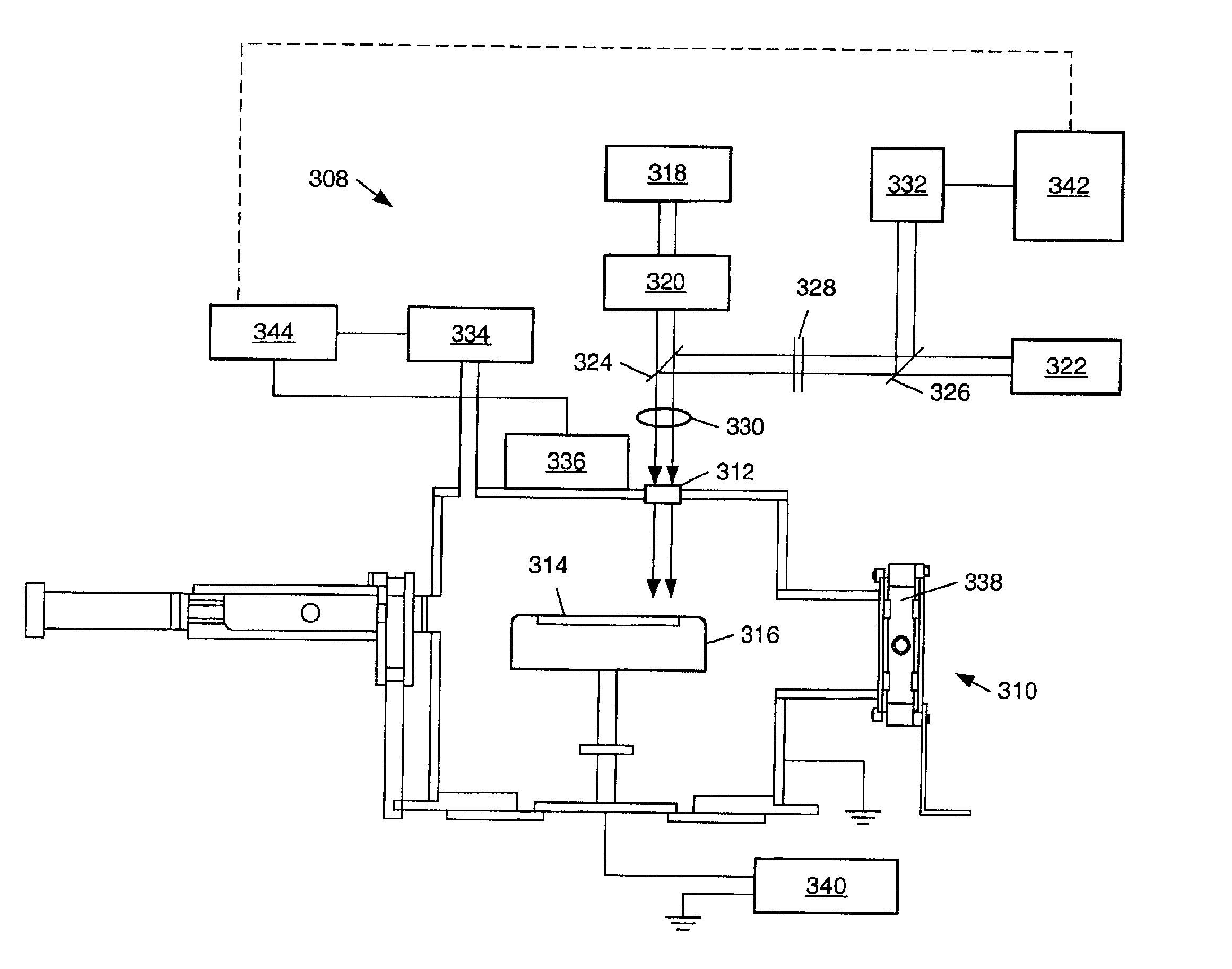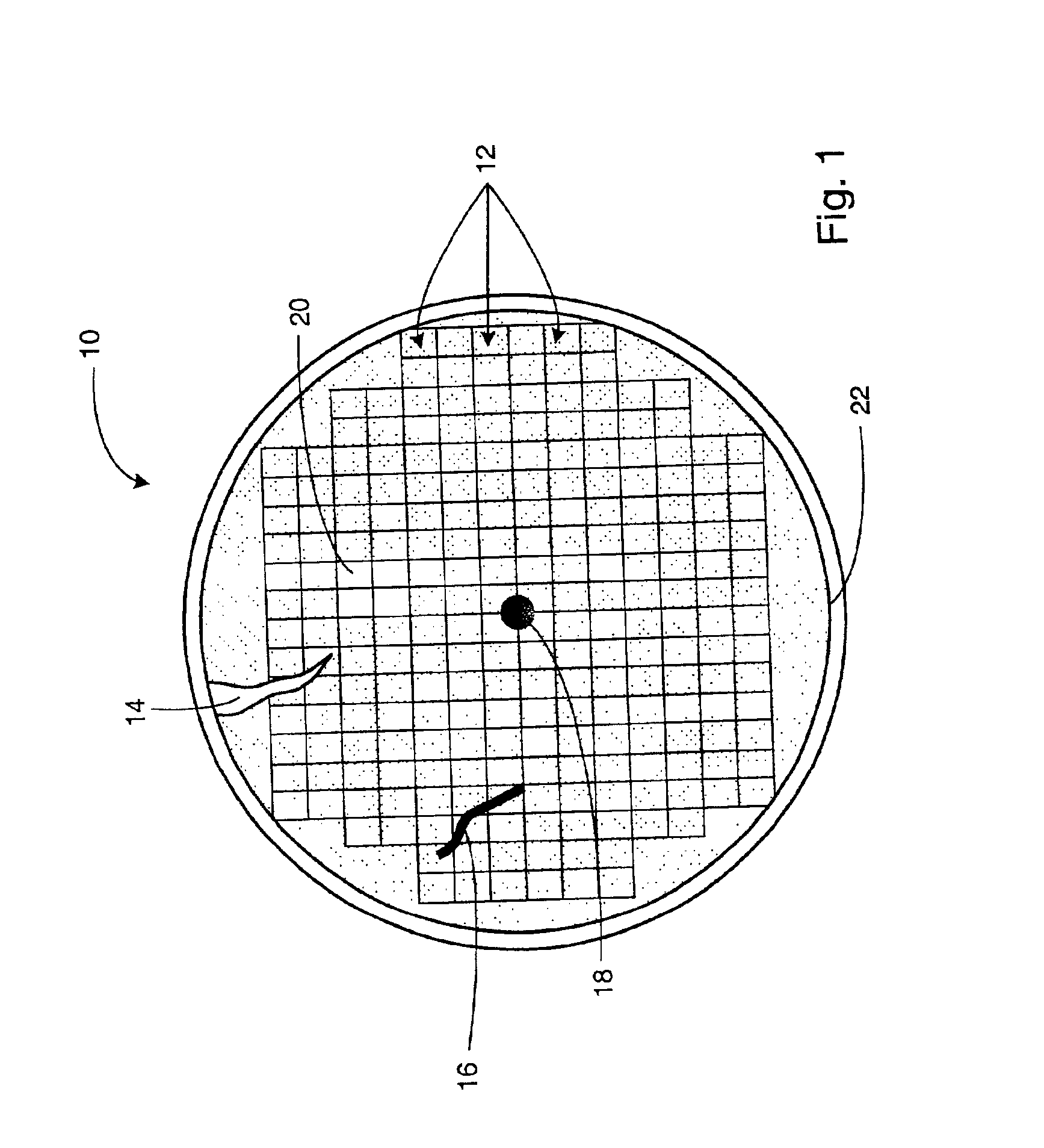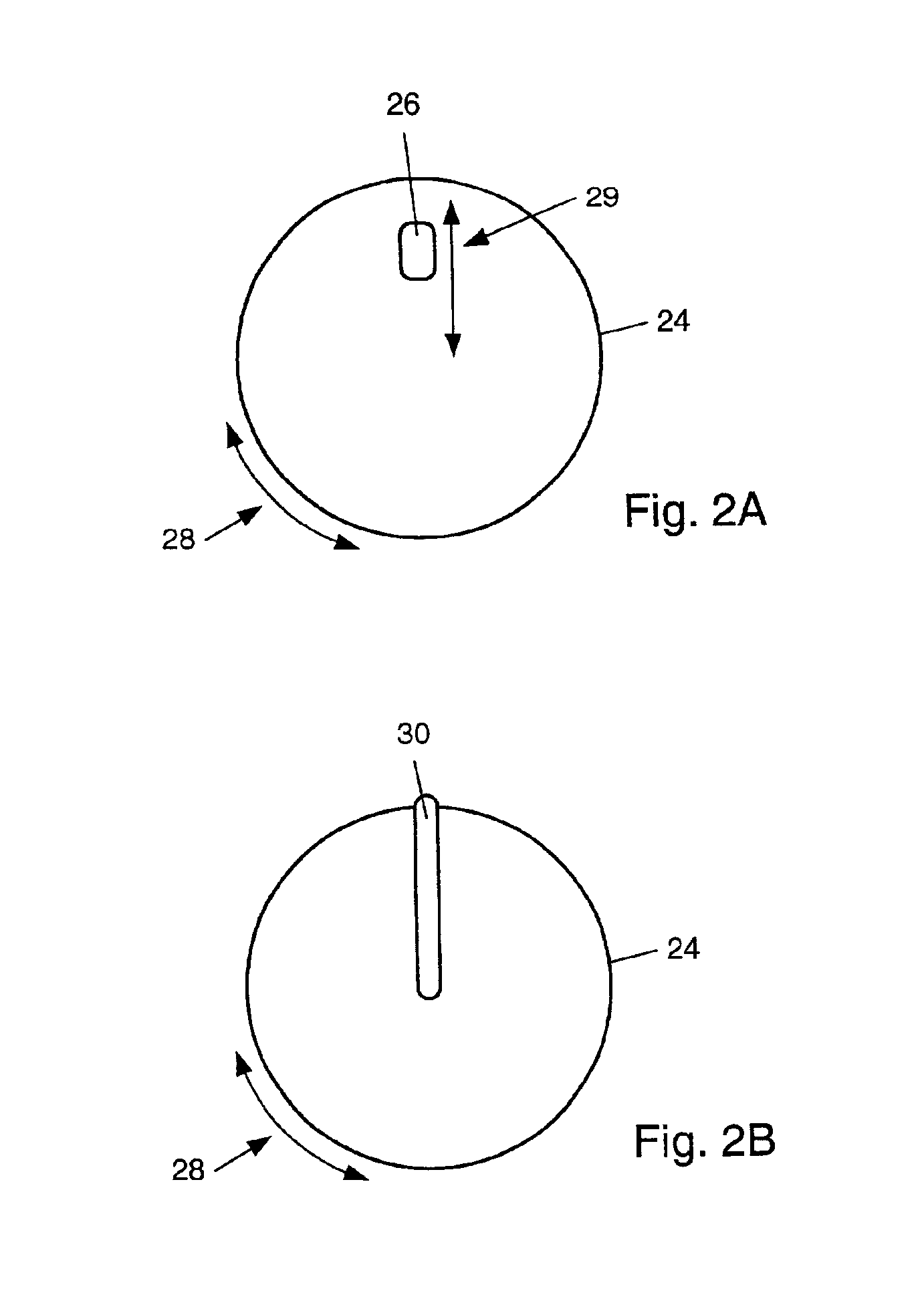Semiconductor fabrication processes, however, are among the most sophisticated and complex processes used in manufacturing.
For example, semiconductor fabrication processes may introduce a number of defects (e.g., non-uniformities) into a
semiconductor device.
As an example, defects may include
contamination introduced to a
wafer during a semiconductor fabrication process by particles in process chemicals and / or in a clean room environment.
Such defects may adversely affect the performance of the process to an extent that overall yield of the fabrication process may be reduced below acceptable levels.
As features sizes of semiconductor devices continue to shrink, a minimum feature size that may be fabricated may often be limited by the performance characteristics of a semiconductor fabrication process.
In optical
lithography, for example, performance characteristics such as resolution capability of a
lithography process may be limited by the quality of the
resist application, the performance of the
resist material, the performance of the
exposure tool, and the
wavelength of light used to
expose the resist.
There are several disadvantages, however, in using the currently available methods and systems for
metrology and / or inspection of specimens fabricated by semiconductor fabrication processes.
Multiple
metrology / inspection systems, however, may occupy a relatively large amount of clean room space due to the footprints of each of the
metrology and / or inspection systems.
In addition, testing time and process delays associated with measuring and / or inspecting a specimen with multiple metrology / inspection systems may increase the overall cost of manufacturing and the manufacturing time for fabricating a
semiconductor device.
For example, process tools may often be idle while metrology and / or inspection of a specimen is performed such that the process may be evaluated before additional specimens are processed thereby increasing manufacturing delays.
Furthermore, if
processing problems can not be detected before additional wafers have been processed, wafers processed during this time may need to be scrapped, which increases the overall cost of manufacturing.
Additionally, buying multiple metrology / inspection systems increases the cost of fabrication.
In an additional example, for in situ metrology and / or inspection using multiple currently available systems, determining a characteristic of a specimen during a process may be difficult if not impossible.
For example, measuring and / or inspecting a specimen with multiple currently available systems during a
lithography process may introduce a
delay time between or after process steps of the process.
If the
delay time is relatively long, the performance of the resist may be adversely affected, and the overall yield of semiconductor devices may be reduced.
As such, there may also be limitations on process enhancement, control, and yield of semiconductor fabrication processes due to the limitations associated with metrology and / or inspection using multiple currently available systems.
Process enhancement, control, and yield may also be limited by an increased potential for
contamination associated with metrology and / or inspection using multiple currently available metrology / inspection systems.
In addition, there may be practical limits to using multiple metrology / inspection systems in semiconductor manufacturing processes.
In an example, for in situ metrology and / or inspection using multiple currently available systems, integrating multiple metrology / inspection systems into a process tool or a cluster tool may be difficult due to the availability of space within the tool.
 Login to View More
Login to View More  Login to View More
Login to View More 


